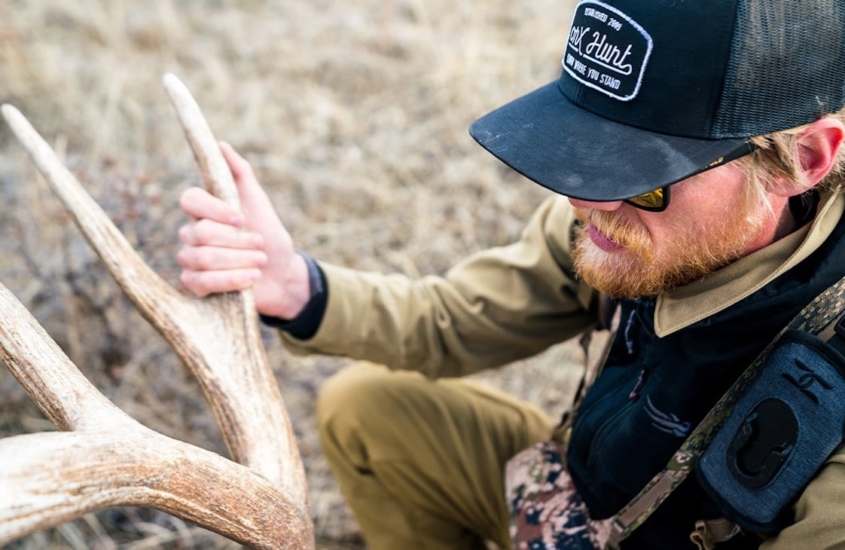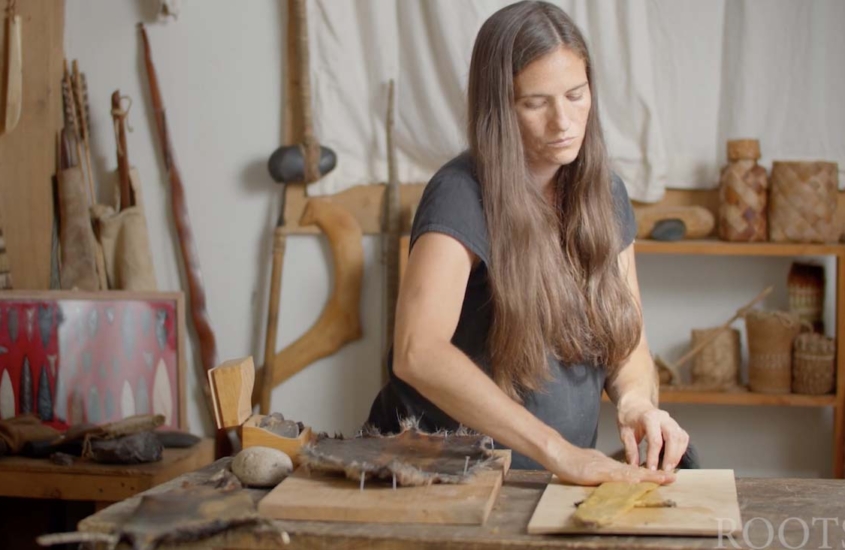Did you know that smoking pelts and hides is still the best way to ensure their longevity and suppleness? Though this method is centuries old, it still plays a crucial role in the modern craft of hide processing. But how does smoking pelts actually work, and why is it so important? In the following guide, we’ll explore how the process works, as demonstrated by expert Sarah Corrigan, and uncover the secrets behind this vital preservation technique. So, let’s get right into it!
The Science Behind Smoking Hides
For starters, it’s vital to recognize that smoking pelts and hides goes beyond tradition; it’s a scientific method to enhance and preserve their quality. The process itself involves treating the hides with smoke, which forms a bond with the collagen fibers. This bonding prevents the fibers from re-sticking, ensuring that the hide maintains its softness and flexibility.
What makes smoking so crucial is its effect when hides get wet. Unlike untreated hides, which can become stiff and lose texture, smoked hides maintain their suppleness. This durability under various conditions is what makes smoking a vital step in hide processing.
Gathering Your Tools and Materials
Before you begin, it’s essential to gather the right tools. Here’s a quick rundown:
- Reliable Fire Source: A steady supply of coals is essential, so make sure you have a dependable fire source.
- Metal Bucket: Opt for a metal bucket to serve as a container for both the coals and your primary smoke source, which is the punky wood.
- Shovel: A shovel will come in handy for managing the coals and maintaining the fire.
- Rope: You’ll need rope for hanging the hides during the smoking process.
- Clothespins: These will be useful for securing the hides in place.
- Durable Fabric (e.g., Jean Canvas): Prepare a sturdy fabric like jean canvas, which will play a crucial role in the smoking process.
How to Smoke a Pelt or Hide
After you’ve collected the necessary materials and tools, it’s time to start the smoking process. Here’s a step-by-step guide:
Set Up Your Smoking Station
Create a smoking area where you can control the smoke flow to the hide. Here’s how:
- Fire and Coals: Start by building a fire to produce a good amount of coals.
- Bucket and Punky Wood: Place the coals in a metal bucket and add punky wood on top. The punky wood should be in direct contact with the coals to generate ample smoke.
- Insulation Fabric: Lay the sturdy fabric between the bucket of coals and the hide to moderate the heat.
Smoking the Hide
The actual smoking process involves a few key steps:
- Suspend the Hide: Use the rope and clothespins to hang the hide over the smoking setup. Ensure it’s elevated enough to avoid direct contact with heat.
- Monitor the Process: Watch for a color change in the hide, indicating the smoking effect. This can range from a light buttercream to a darker orangey brown, depending on the smoking duration.
Troubleshooting and Tips
During the smoking process, be mindful of a few things:
- Sealing Holes: If your hide has holes, plug them up. You can use pieces of punky wood, sew them, or even use Elmer’s Glue for smaller holes. This step ensures the smoke permeates the hide evenly.
- Avoid Wet Material: Smoking works best on dry hides. Wet or damp hides can produce steam instead of absorbing smoke, affecting the outcome.
- Flame Control & Supervision: Be cautious of any flame-ups, especially if the punky wood isn’t fully rotten. Manage this by adjusting the wood and coals as needed. And remember – the most important rule in smoking hides is to never leave them unattended.
Watch it Here
The key takeaway is that smoking hides is a rewarding craft, blending tradition with skill and patience. And the best part is that it leads to the creation of beautiful, durable pelts and hides that showcase your craftsmanship!
For those intrigued and eager to learn more, Sarah Corrigan’s class at Anchored Outdoors is an excellent next step. It’s a practical, in-depth guide to honing your hide-smoking skills and joining a community passionate about this art form. So, check it out today!













